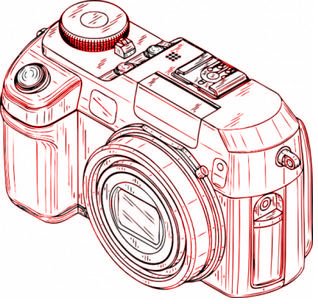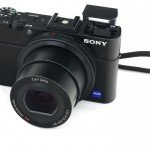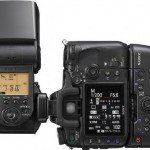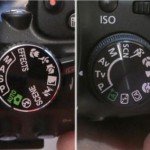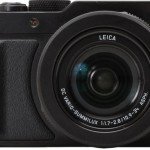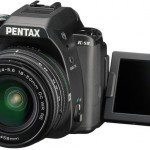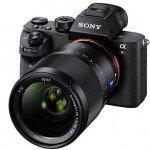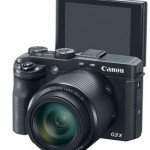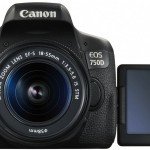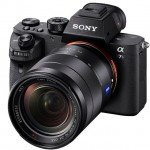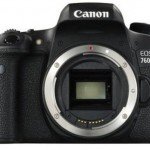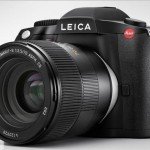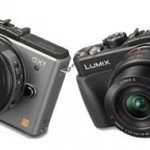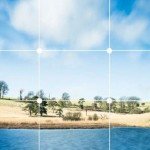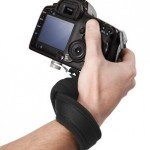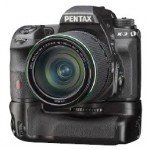5 Things you should know before buying a camera
1.Do you need it to be portable?
A bigger camera may take much better quality pictures but it will not if you keep it at home. How devoted are you to your digital photography, and exactly how much weight are you prepared to bring in order to pursue it? If you are heading out especially to take photos weight may not be a problem, but if you would rather travel light-weight and forgo some functionality and, perhaps, picture quality, you will be looking at very different cameras. Not all small cameras require you to make that sacrifice though – many of them have larger imaging sensors.
2.Do you require manual control?
If you just want to let the camera manage all your picture-taking decisions then you should look at cameras with few additional buttons to get confused by or press unintentionally, and an advanced level of automation. If photography is a hobby, or may be in the future, and you wish to have the option of being able to take charge, then look for a camera with not only manual exposure control but also easy accessibility to often-used functions such as ISO. On some digital cameras, although these controls are available they are hidden in the menu, which causes accessing them in a hurry a frustrating and time-consuming process. A good number of external controls should be considered important
3.Is the image quality the most vital factor?
A lot of people thinks picture quality to be crucial but we all have a different concept of what constitutes good image quality. For most casual snapshooters whose photos are shared mostly on social media, and who rarely make big prints, most cameras will produce acceptable images in good conditions. If photography is your hobby, if you plan to create A3 prints, crop from small areas of the image, or shoot in low light then you will need to be more discerning. There is an obsession with megapixels but the actual dimensions of the sensor, and the pixels on it, are more important. Greater pixels absorb more light so can produce lower noise, better dynamic range and richer colours. You should also ensure that the camera comes with Raw mode, which records more data and gives the user more control over the image post-capture. JPEGs discard a large chunk of the captured information in a quest to take up less space on the card.
4.Do you prefer a vari-angle or touchscreen?
The LCD screen is the key means by which users compose and review images and access the menus, so it’s important. Most digital cameras today use three-inch screens but there are other factors to think about. The sharpness and vividness of the screens vary considerably. Some offer higher resolutions of 900,000 dots or more, allowing you to see more detail and zoom in more when reviewing. Some use OLED technology, which provides high quality, wider viewing angles and lower power consumption. Vari-angle screens can be tilted up or down for low or high angle shooting – great for macro and nature digital photography, candid street photography and shooting over the heads of a crowd. Others are fully articulated so that they can be viewed from the front of the camera – perfect for selfie stills and video blogs. The next major differential is touchscreen display functionality. Some digital cameras are becoming more like smartphones in the way users can touch the screen to select the focus and coverage point, change configurations, swipe to scroll through photos, and even shoot the camera.
5.Do you need a viewfinder?
Few compacts in fact have a viewfinder. Like smartphones, framing must be done using the screen. But viewfinders are useful for many reasons. The most obvious is that screens are hard to see in glowing sun. Long-sighted users and older professional photographers may struggle with them too. Viewfinders also help to stabilise the camera and minimize shake, as the face acts as a support, and it aids careful composition by taking out everything outside the frame from view. Most DSLRs have a visual viewfinder which sees the scene by using the lens. Many CSCs, bridge cameras, a handful of compacts, and Sony DSLRs (technically, DSLTs) feature an electronic viewfinder (EVF) like that in a video camera. These offer both pros and cons: the resolution is more pathetic and they may have difficulties with fast-moving subjects or panning, but they do offer you exposure and white balance as it will be recorded, provide more shooting data, and can be simpler to use in dim light.

